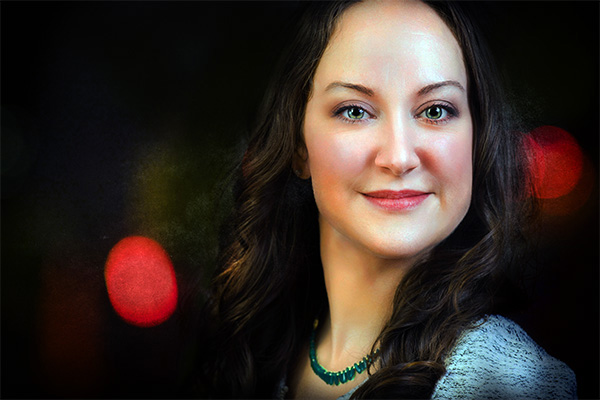
Pictures has undergone a huge transformation over the past few decades. From film rolls and darkrooms to mirrorless cameras and AI enhancing, the evolution has become rapid and relentless. What was the moment an analog craft now leans closely to the electronic realm, and For several photographers, this change presents both of those option and problem. People who fail to adapt hazard currently being left guiding inside a competitive business wherever staying latest is essential. Knowledge how pictures has evolved is step one in recognizing the importance of keeping aligned with right now’s slicing-edge instruments and practices.
Up to now, a photographer’s skill was calculated mostly by their capability to do the job with handbook settings, lights, movie sorts, and Bodily prints. Building pictures needed chemical information and use of a darkroom. Even so, digital cameras disrupted the established order, creating pictures extra available and less costly. Along with the rise of DSLRs and mirrorless units, photographers no more required movie or advancement labs. Immediate image previews, higher ISO abilities, And big storage choices meant photographers could shoot much more, experiment freely, and discover quicker. But this digital boom also introduced new challenges—Opposition enhanced, and just proudly owning a great digicam was now not enough to get noticed.
Currently, the pictures sector is deeply intertwined with engineering. AI-pushed editing resources like Lightroom’s matter masking or Photoshop’s generative fill have redefined submit-processing. Platforms like Skylum Luminar and Topaz Labs present sound reduction and image upscaling that will are extremely hard ten years back. Even smartphones, as soon as mocked by industry experts, now make significant-resolution RAW illustrations or photos and provide Sophisticated capabilities like portrait mode, evening photography, and genuine-time HDR. The actively playing subject has shifted substantially, and traditionalists ought to take that newer technological innovation generally improves in lieu of diminishes the art of pictures.
Outside of hardware and software, know-how now dictates how photographers join with consumers and expand their firms. Social websites platforms, Website positioning-optimized Web sites, and automated reserving systems are essential for advertising and outreach. Google My Enterprise profiles, geotagged photographs, and on website the internet reviews frequently determine whether a consumer chooses a read more single photographer in excess of An additional. Gurus who stay offline or rely exclusively on term-of-mouth marketing limit their publicity and opportunity growth. Embracing these electronic tools doesn’t just support photographers remain appropriate—it allows them to work smarter and arrive at broader audiences a lot more competently.
The rise of AI in images is especially transformative. Artificial intelligence can now assess facial attributes to car-proper lights, sleek pores and skin, and in many cases swap backgrounds in a single click on. AI-pushed here culling application helps photographers sift by Countless pictures, selecting the right photos determined by expression, sharpness, and composition. In-studio, AI-Improved lighting units instantly modify publicity and stability based upon subject placement. These resources don’t exchange the photographer's Artistic eye—they amplify it. People who devote time in read more Finding out AI capabilities gain a competitive edge in the two velocity and good quality.
In conclusion, photography is not nearly mastering the shutter or understanding the golden hour. It’s about adaptability. The craft has grown to be a dynamic combination of artwork, science, and engineering. Photographers who will be prepared to evolve—who learn new application, spend money on smarter gear, and embrace AI and electronic internet marketing—are superior get more info positioned for long-phrase good results. The ones who resist, clinging to out-of-date solutions or dismissing technological developments, may well quickly come across by themselves irrelevant in a fast-paced visual planet. To stay competitive and creative, photographers will have to not only keep up Together with the evolution of photography—they have to lead it.